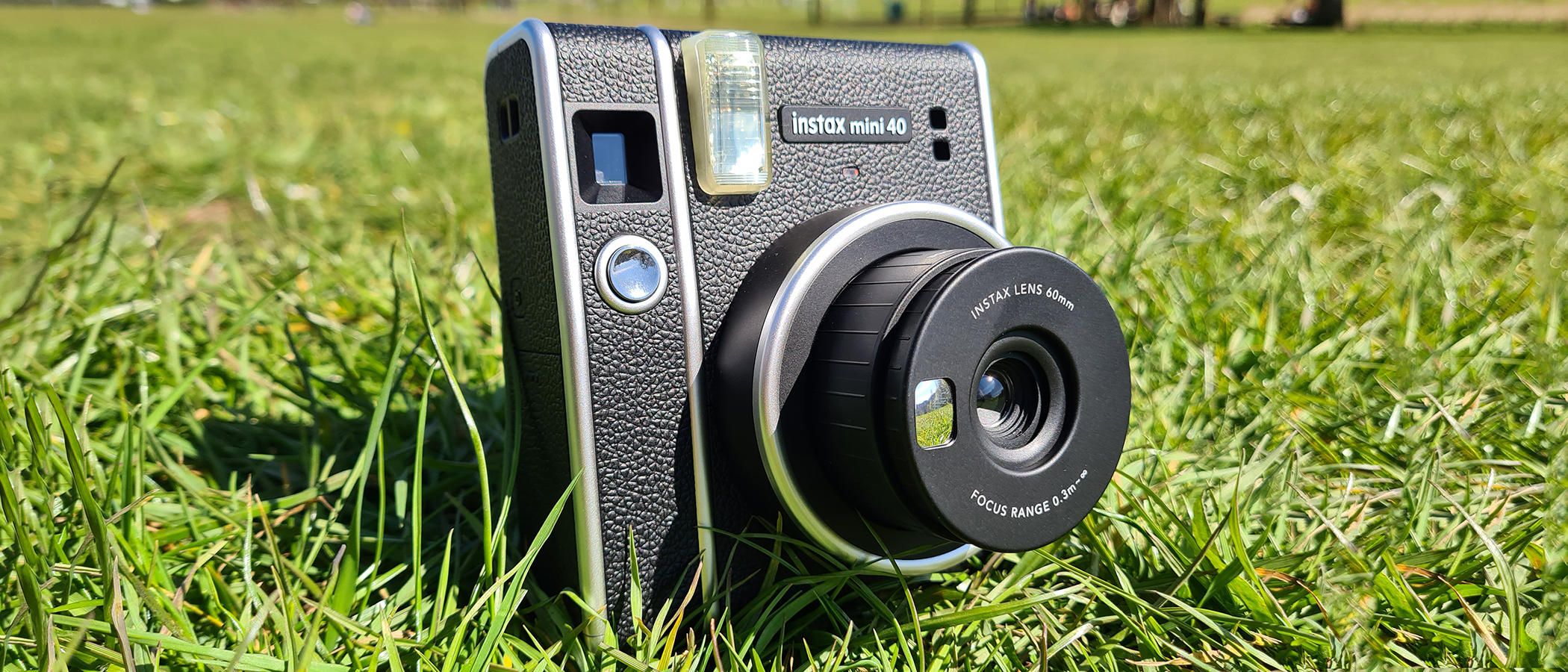TechRadar Verdict
By taking the foolproof functions of the Instax Mini 11 and adding a healthy dose of retro styling, the Mini 40 is sure to appeal to both newcomers and existing fans of instant film. Auto exposure and variable shutter speed help cut down on user error, meaning more shots come out how you intended, and the selfie mode adds flexibility – even if the results aren't a major improvement over the standard shooting mode. The new looks bring added cost, though, so it's not quite as easy to recommend as the Mini 11.
Pros
- +
Point-and-shoot simplicity
- +
Eye-catching retro styling
- +
Instax Mini film packs are affordable
Cons
- -
Auto-exposure can struggle
- -
Inaccurate viewfinder
- -
Pricier than Instax Mini 11
Why you can trust TechRadar
The Fujifilm Instax Mini 40 is essentially an evolution of one of our favorite starter cameras, the Fujifilm Instax Mini 11. It retains that camera's stripped-back operation, but swaps the toy-like shape for a vintage-inspired body that will look far more at home in adult hands.
Instant photography can be equal parts appealing and frustrating, especially for newcomers to the medium. And while there's no shortage of cameras to choose from, the ones designed for first-timers usually have children in mind. Luckily, the Instax Mini 40 is a more grown-up alternative.
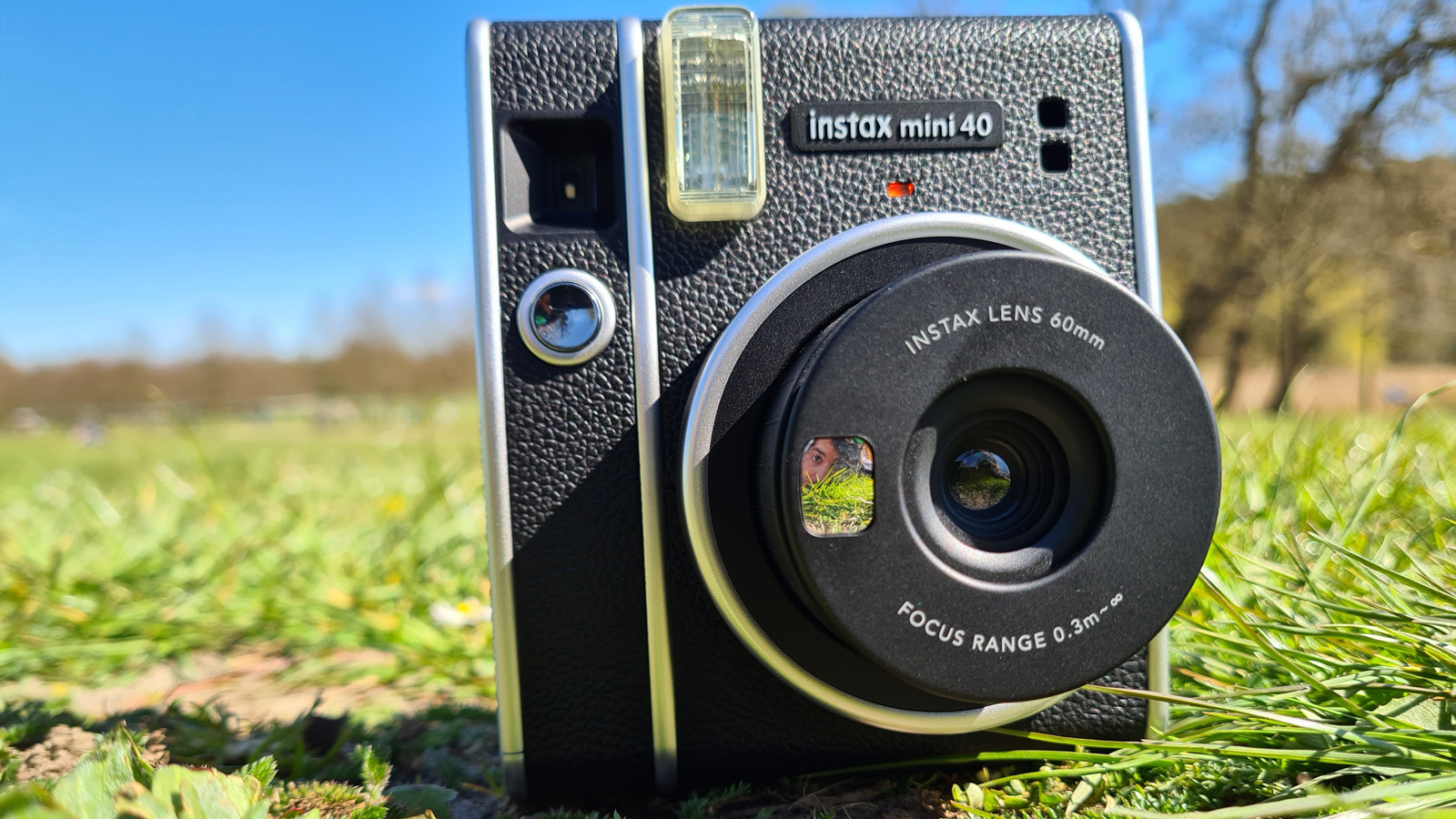
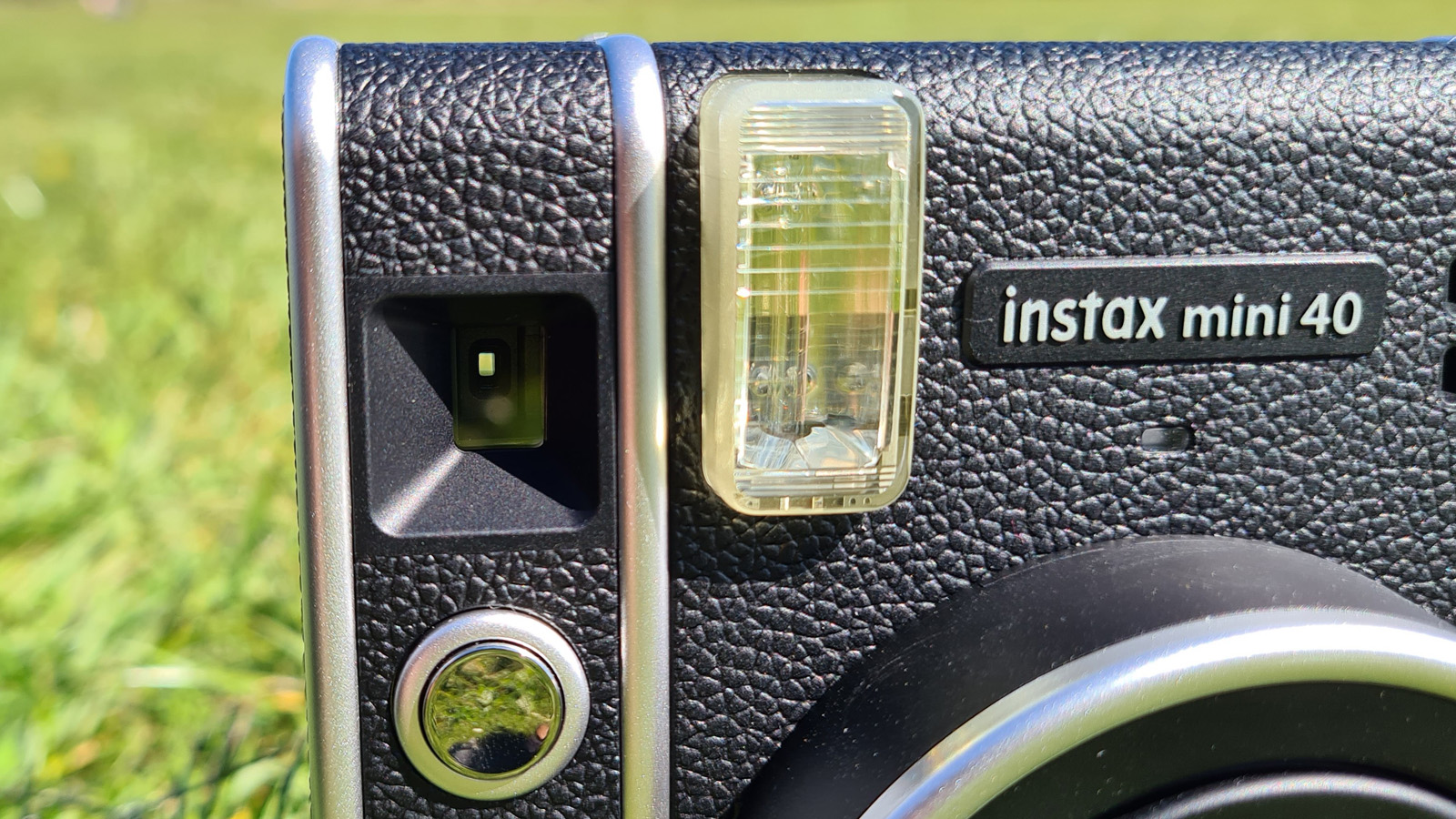
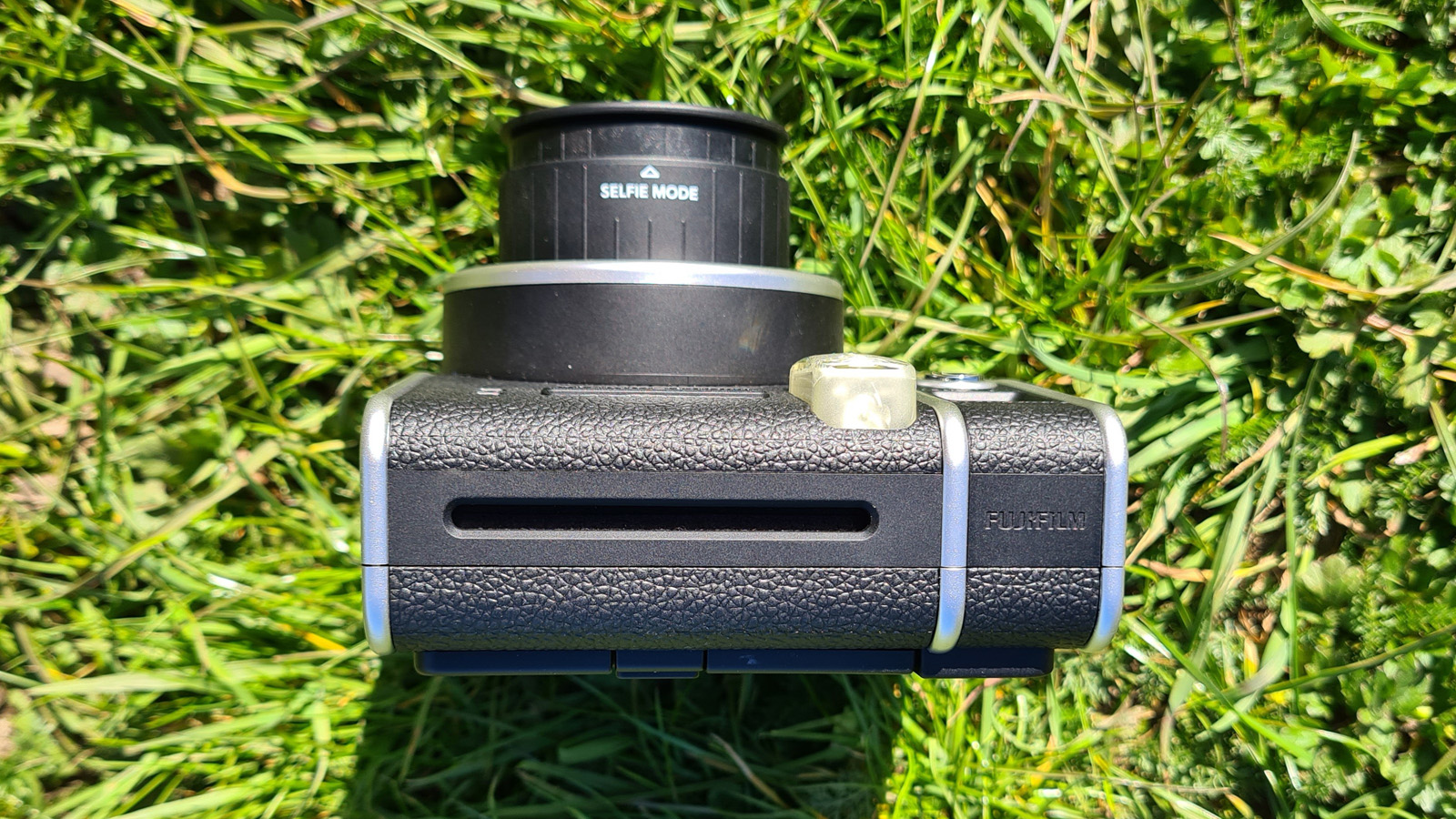
Automatic exposure and a variable-speed shutter return to take a lot of the uncertainty out of using instant film, while an adjustable lens barrel adds the extra versatility of close-up shooting – without the need for easily lost attachments.
Just like the Mini 11, the Mini 40 takes Fuji's compact Instax Mini film. This is one of the most affordable formats available, at around $8/£8 per ten-shot pack, with a choice of color and monochrome prints and an extensive range of border colors and patterns. Multipacks of various sizes can also bring the price down even further. Each 54 x 86mm shot has a rectangular 46 x 62mm (2.4 x 1.8-inch) image area.
The redesign might widen the Mini 40's appeal, but it carries a price premium over the more affordable Mini 11. This model makes it onto our list of best instant cameras, but for those looking to get started with instant photography, they'll need to decide whether those looks are worth paying extra for.
Design and features
- Distinctive vintage looks
- Two-button operation
- Built-in selfie mirror
It may be mechanically identical to the Mini 11, but the Mini 40's faux leather finish and silver trim details give it a more mature appearance.
The design is clearly influenced by the more expensive Fujifilm Instax Mini 90, but while this model is considerably less expensive and made almost entirely from plastic, it manages to avoid feeling cheap. It's slightly smaller than the Mini 11, but still not small enough to fit in a pocket – you'll need to look to hybrid instant cameras like the Canon ZoeMini or Fuji's own Mini LiPlay if portability is key.
Held vertically, the Mini 40 is light enough to use comfortably with one hand, and the rubberized thumb rest provides plenty of support. There are only two buttons, which are both found on the front face: one extends the lens barrel, the other releases the shutter. The built-in flash is automatic and can't be disabled, even in bright sunlight, so you really do just point and shoot. You won't even find a tripod thread on the bottom of the body.
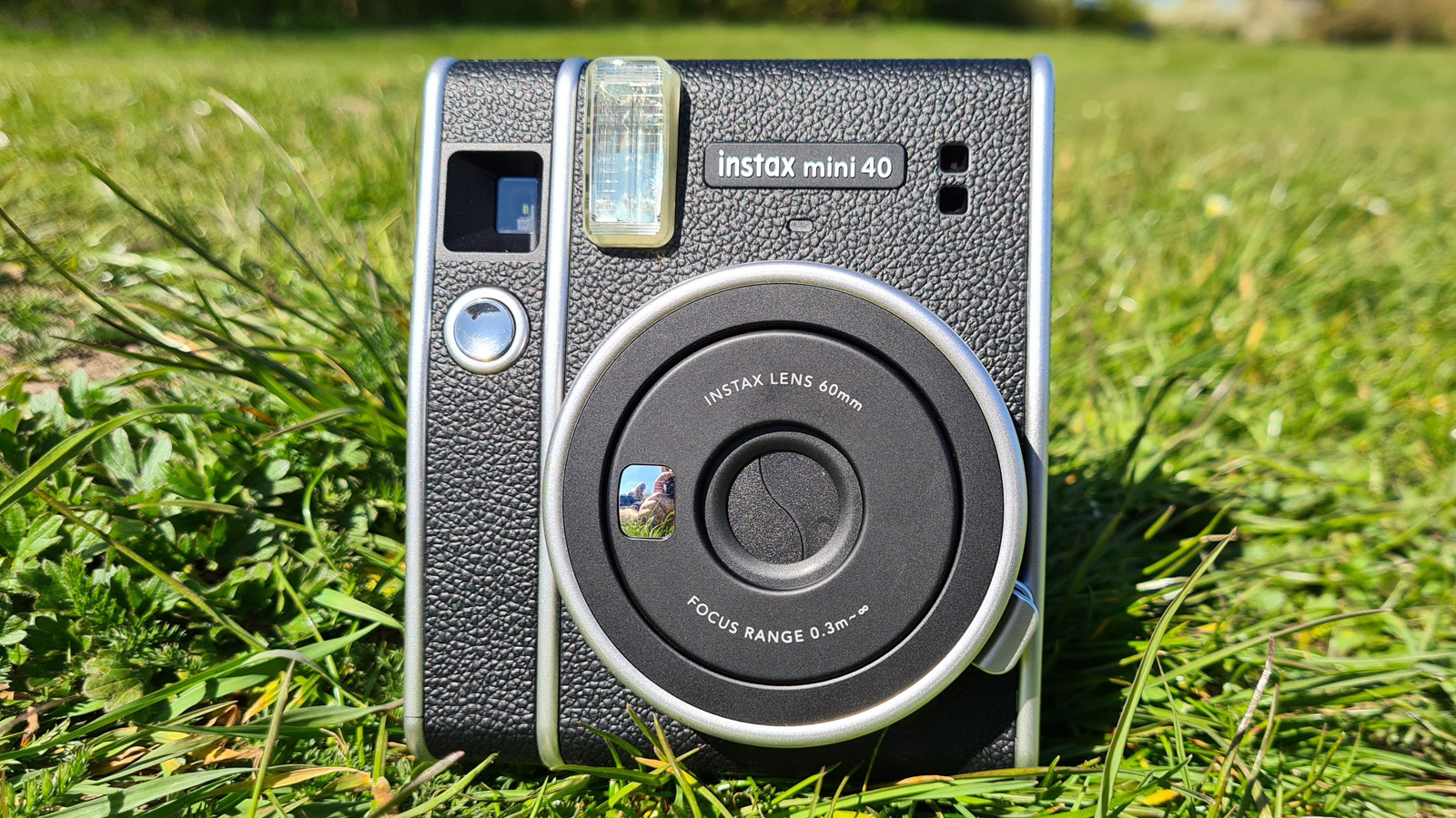
The viewfinder sits to the right of the flip-out rear door, which is where you insert packs of film. As with the Mini 11, it's slightly off-centre to the lens, so what you see through it isn't entirely representative of the final print.
A small window in the rear door shows how many shots you have remaining in the currently loaded pack, which should prevent wasted shots by opening the film door early.
Performance
- Fixed f/12.7 lens has 60mm focal length
- Automatic forced flash
- Selfie mode via adjustable lens barrel
The spring-loaded lens barrel pops up once the release button is pressed. Physically pulling it further moves it into selfie mode, which is meant for shooting between 0.3 and 0.5m – use it for anything closer and the results will be very blurry, so don't think you can treat it like a macro lens.
It does mean you don't have to carry attachments around with you, though, as was the case with older Instax cameras. The small mirror on the lens barrel helps line up your shots, although the convex shape does distort your reflection a fair bit.
As with most instant cameras, the viewfinder is separated from the actual system optics. It sits off-centre here, and gives a generous representation of what will fit in the frame. You can often get a bit closer to your subject than you expect, which can be something of a learning curve.
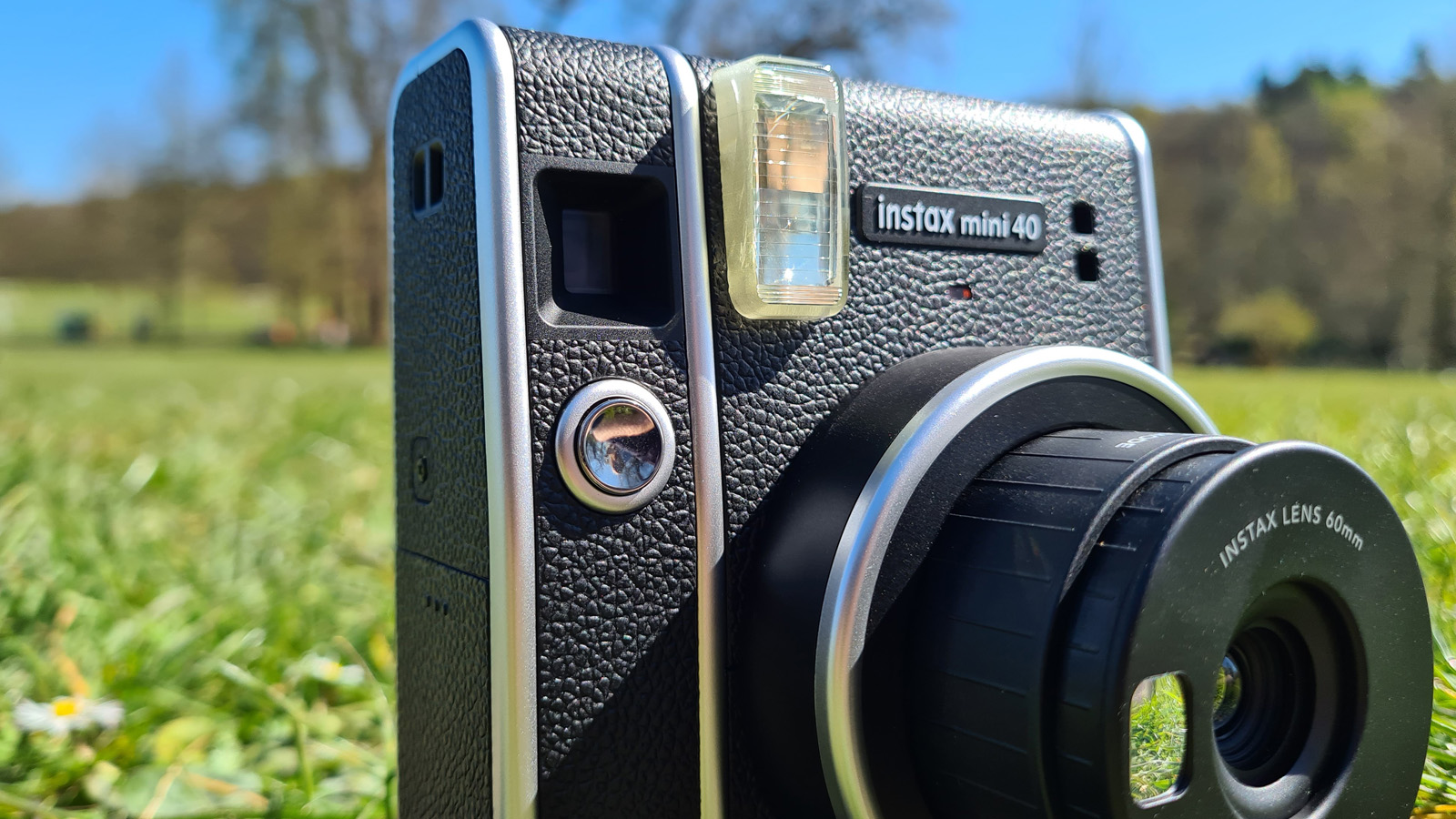
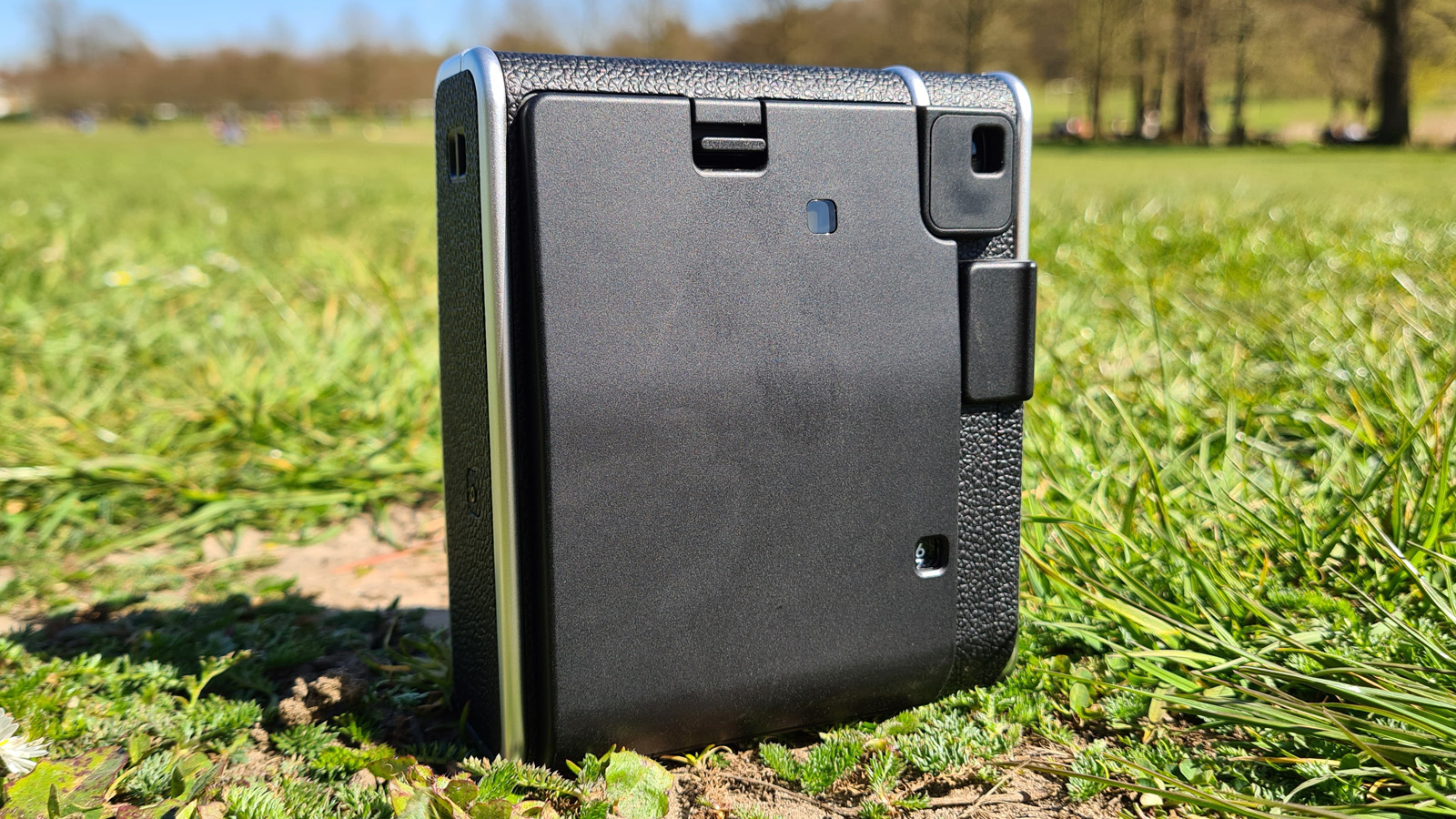
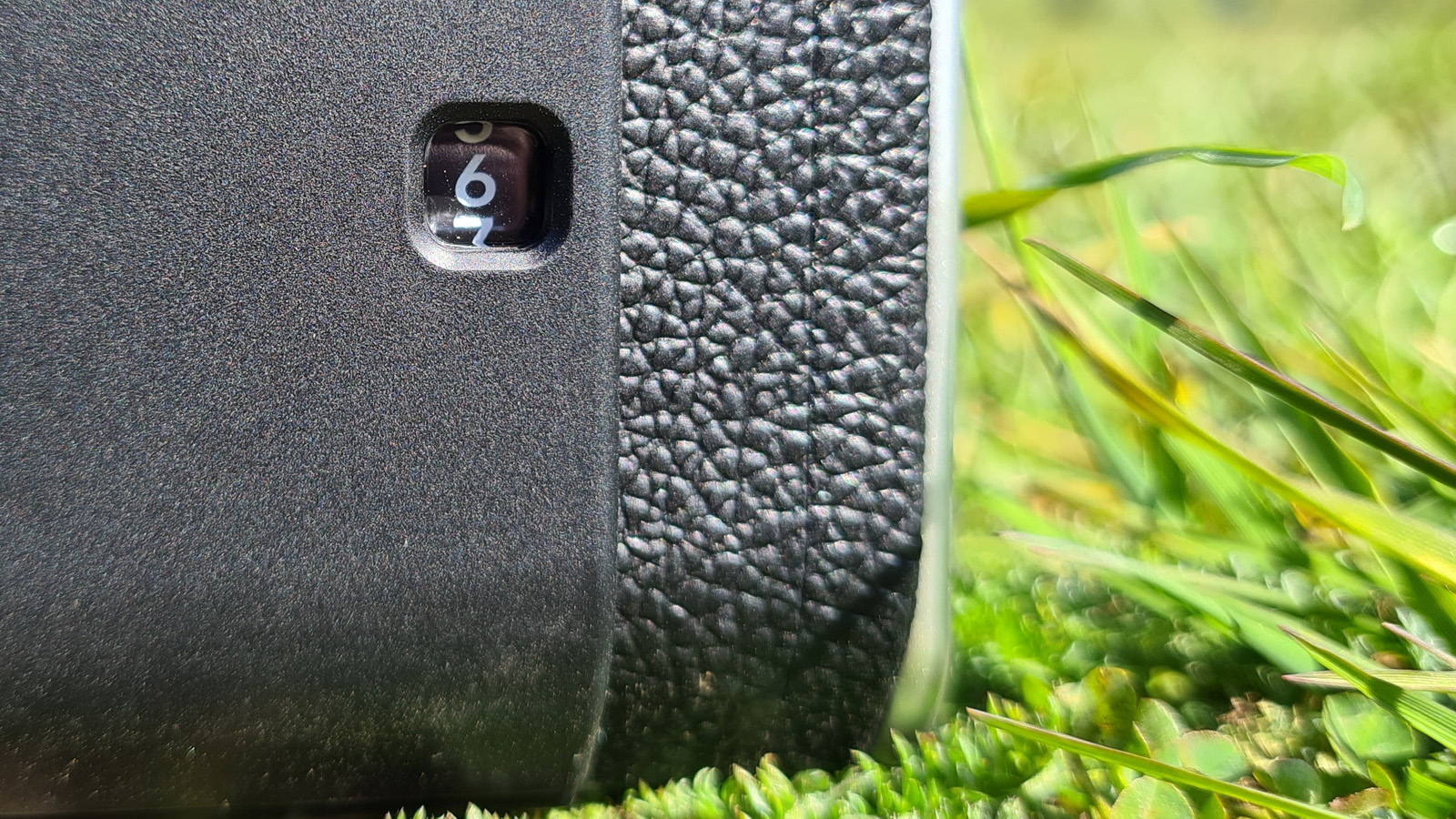
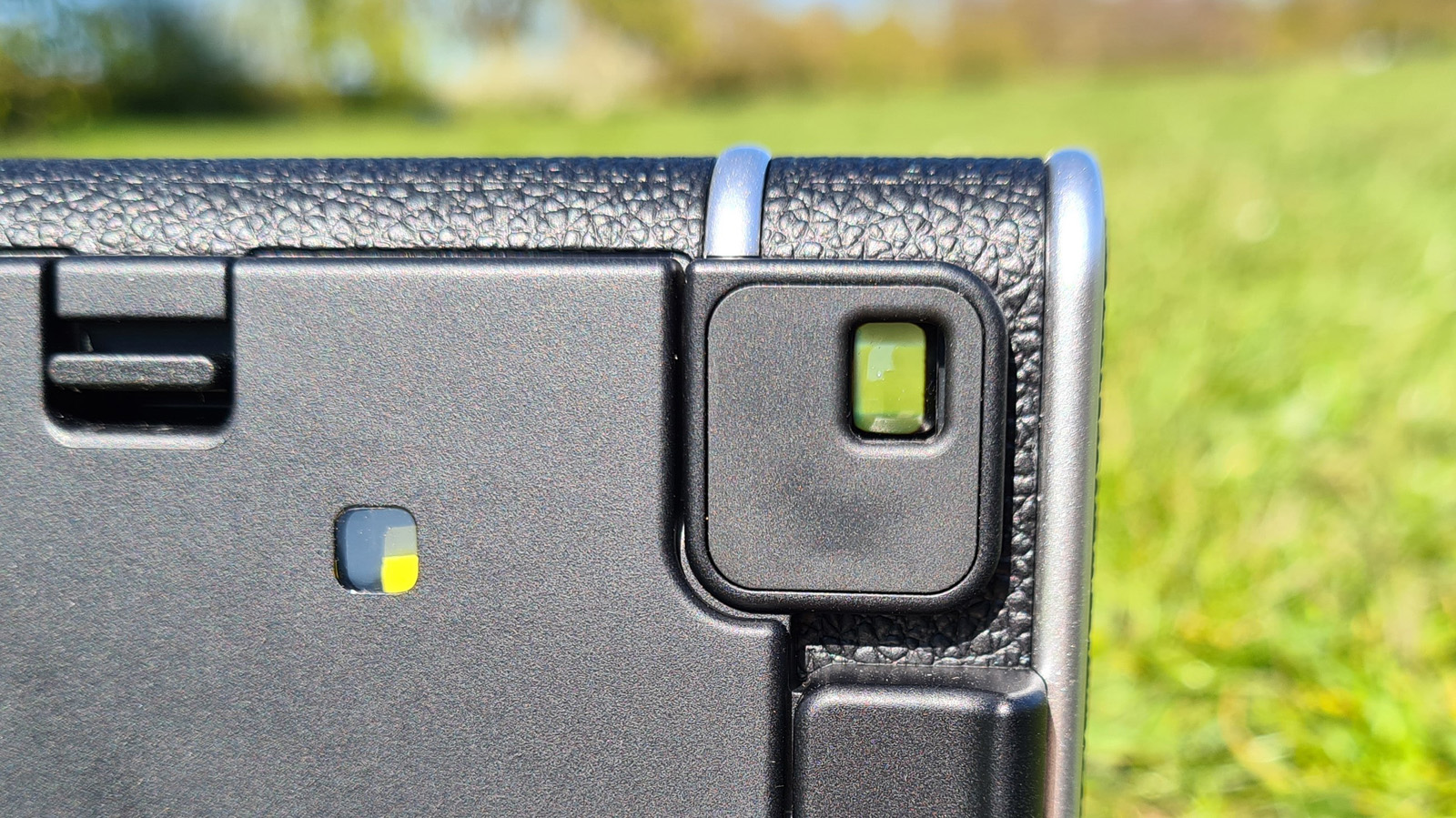
Each print is mechanically ejected via a slot in the top of the camera, and will take upwards of five minutes to fully develop. Instax has the edge over Polaroid's I-Type film in this respect, although that's to be expected given the smaller size.
The flash fires every time you press the shutter button, regardless of lighting conditions, as the auto exposure system is calibrated to expect it. It can vary shutter speed between 1/2 and 1/250, so should be able to cope with both brightly lit and dim scenes, particularly when shooting indoors.
It runs on two AA batteries, which typically last for around 100 shots, or ten packs of film. You're far more likely to run out of film than you are power, but at least AAs are in wider circulation than the awkward CR2 batteries Fuji used to use for its instant cameras.
Image quality
- Contrast-heavy and well-defined images
- Highlights can be easily blown out
- Judging selfie focal length still takes practice
If you've used an Instax camera before, the Mini 40's blend of dark shadows and pale bright hues will feel very familiar. They aren't quite as dreamlike as rival systems from Lomography, capturing more precise details and without any kind of light leakage.
Don't expect the pinpoint precision you'll get with digital, though: edges are soft and darker parts of a scene often blend together. For the best results, always shoot away from the sun, as the sensitive film struggles to expose both well-lit skies and subjects that are in shadow.
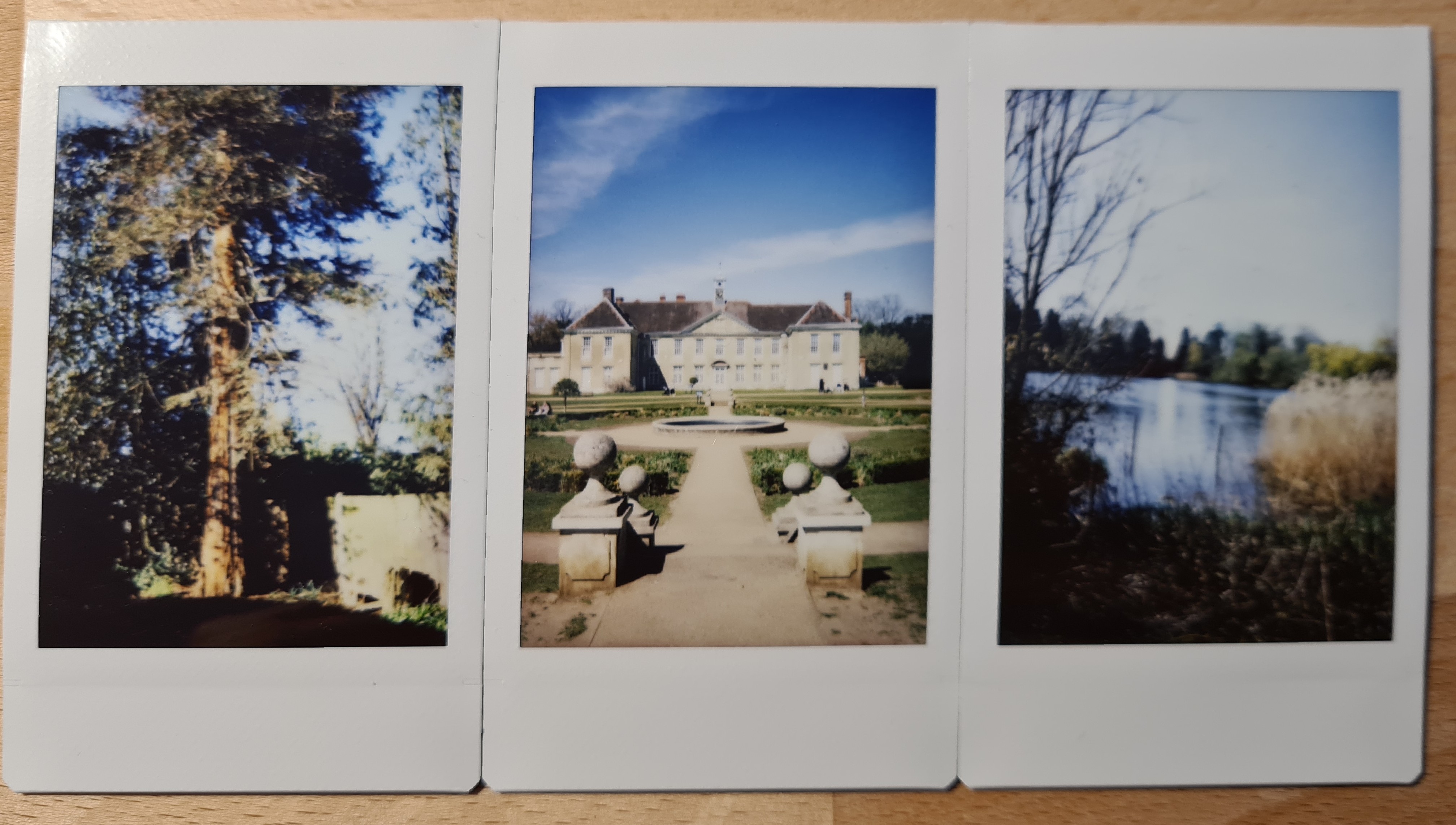
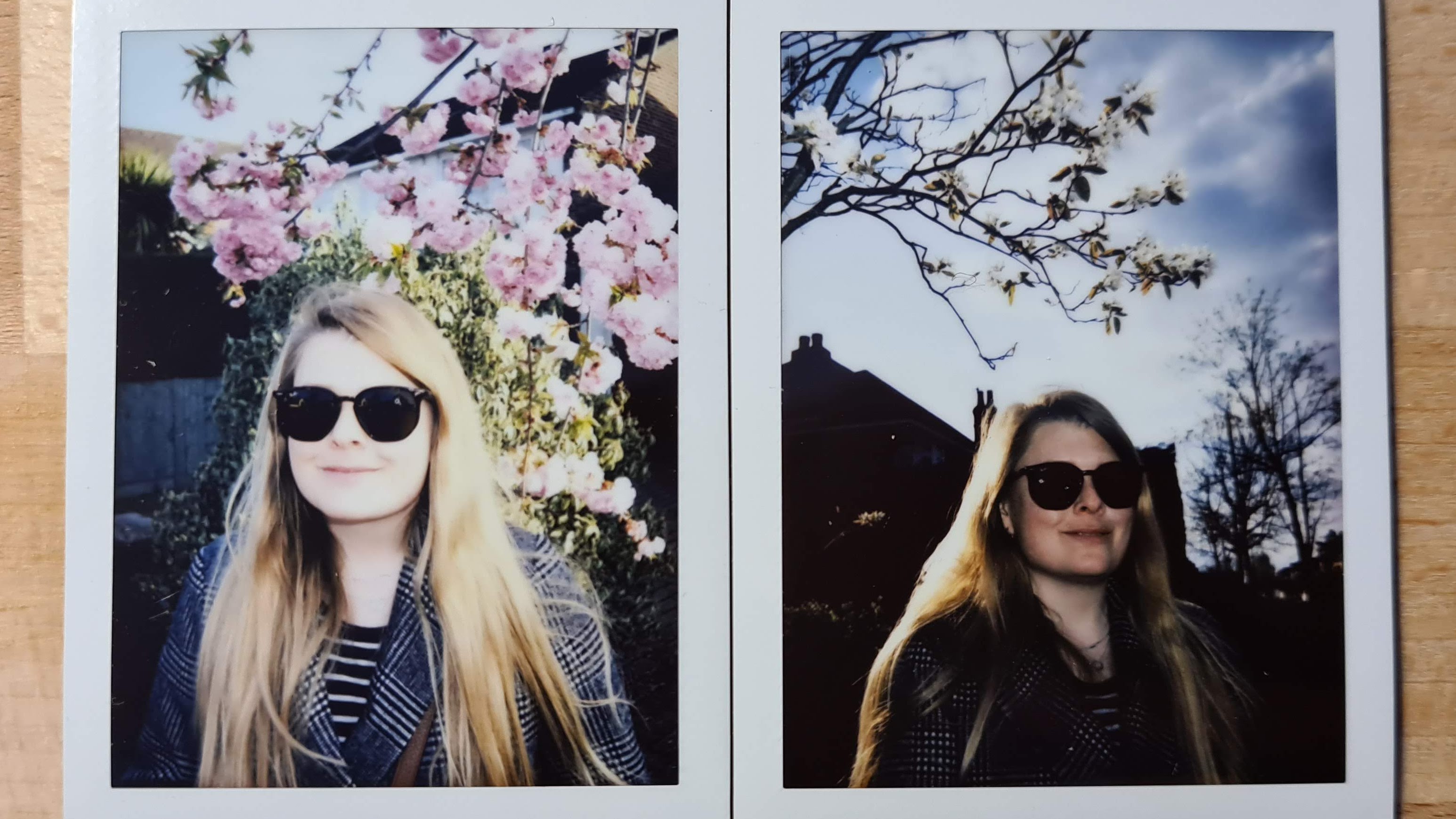
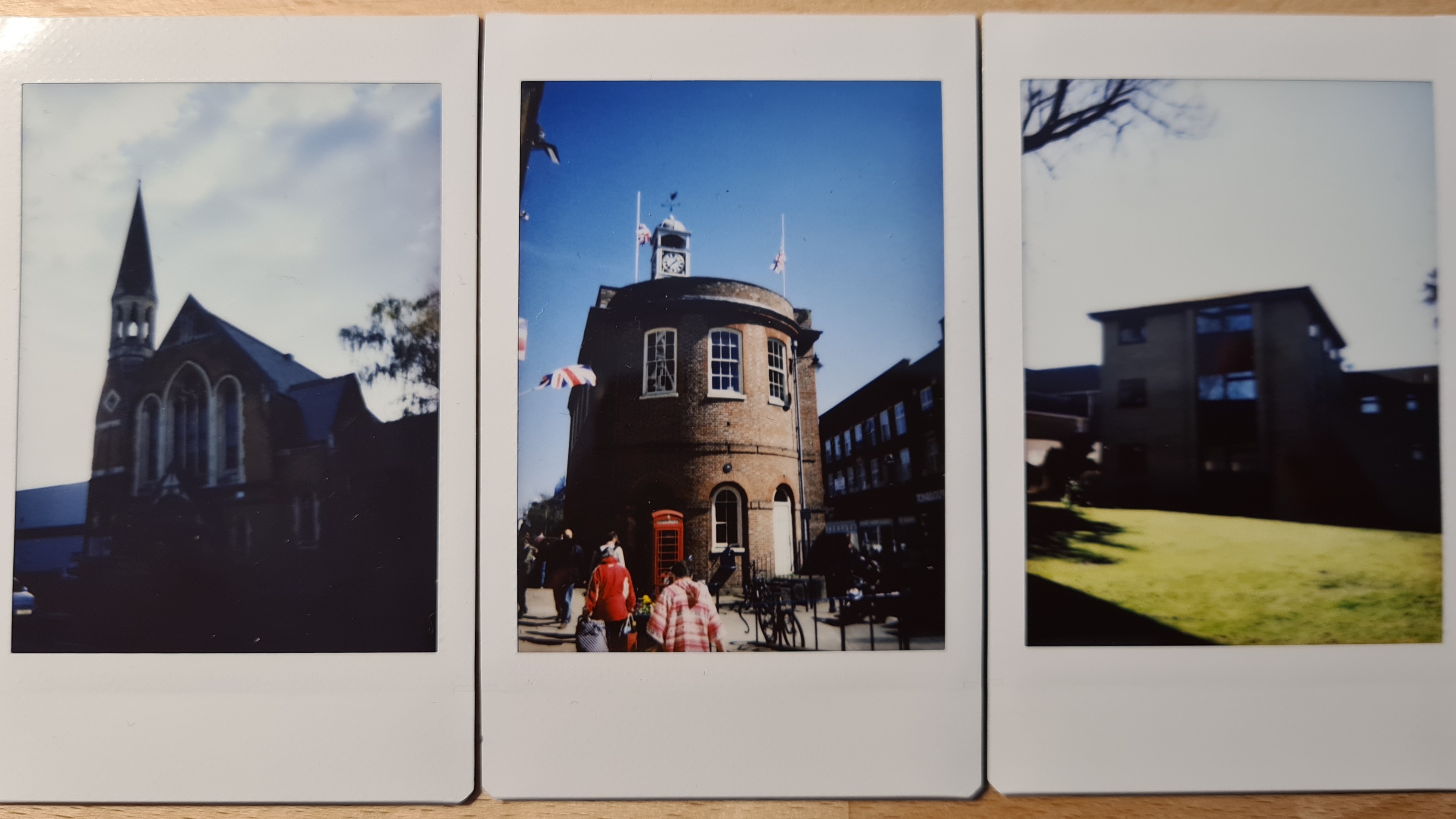
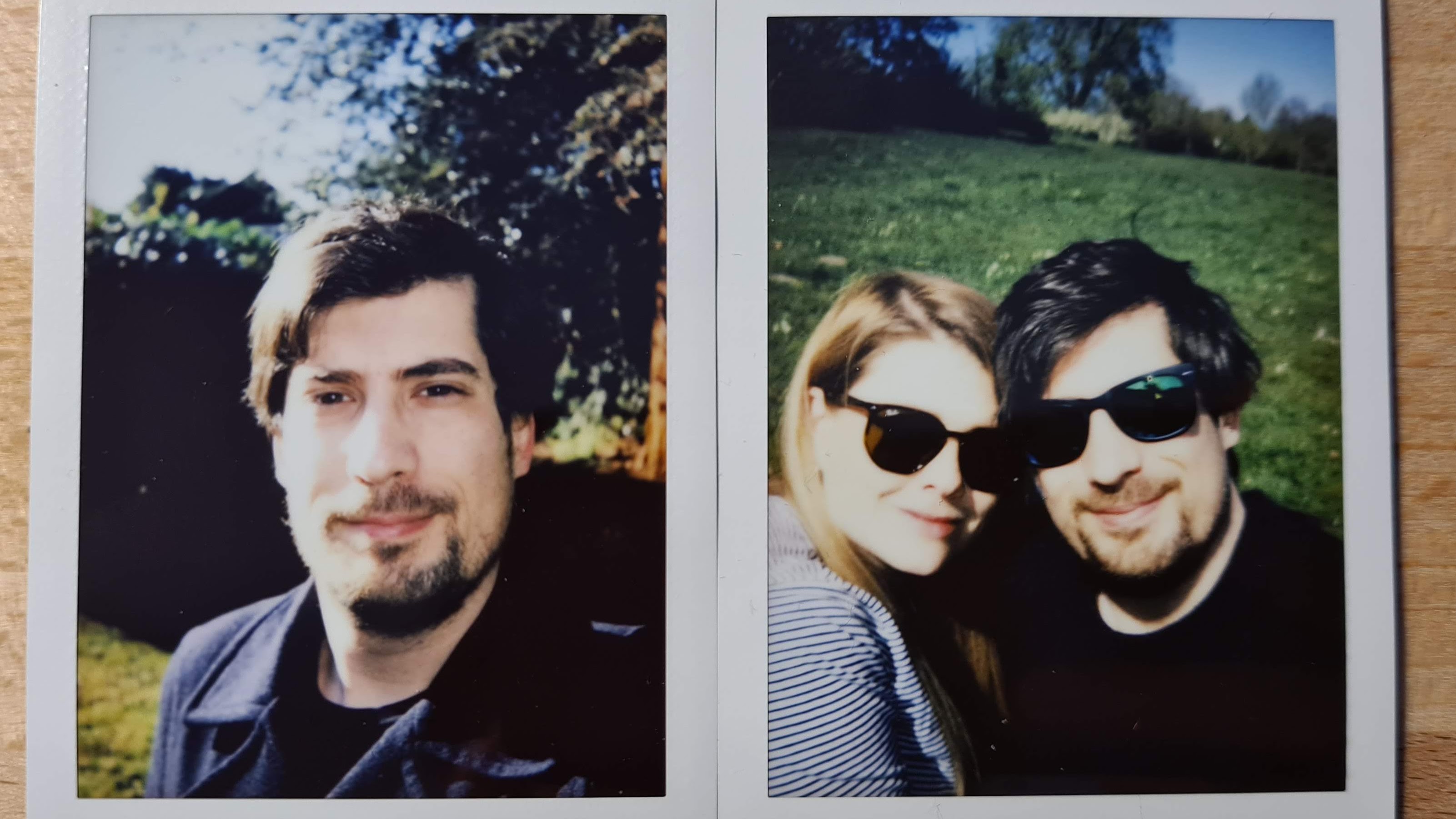
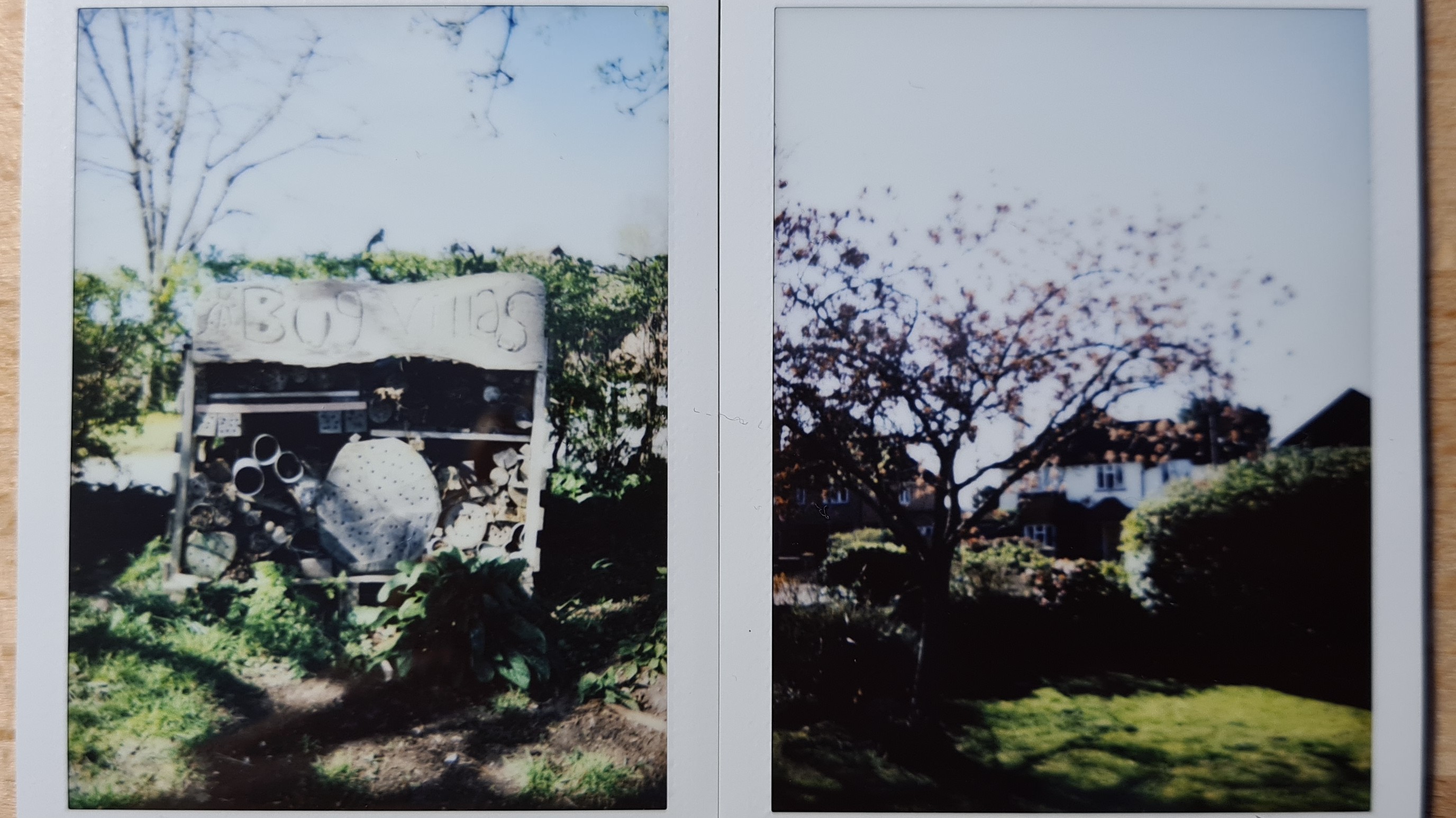
The combination of physical film and a fixed-focus lens copes best with portraits, as the further away from a subject you get, the less detail is preserved in your shot. This softness often works to its favor, though, giving landscapes a more ethereal vibe.
If you are shooting in direct sunlight, you also have to be aware of light flaring, as the off-centre viewfinder can trick you into thinking you have a well-composed shot, only to lose half the scene to overexposure. Fuji isn't alone in this respect, with other instant cameras being just as guilty.
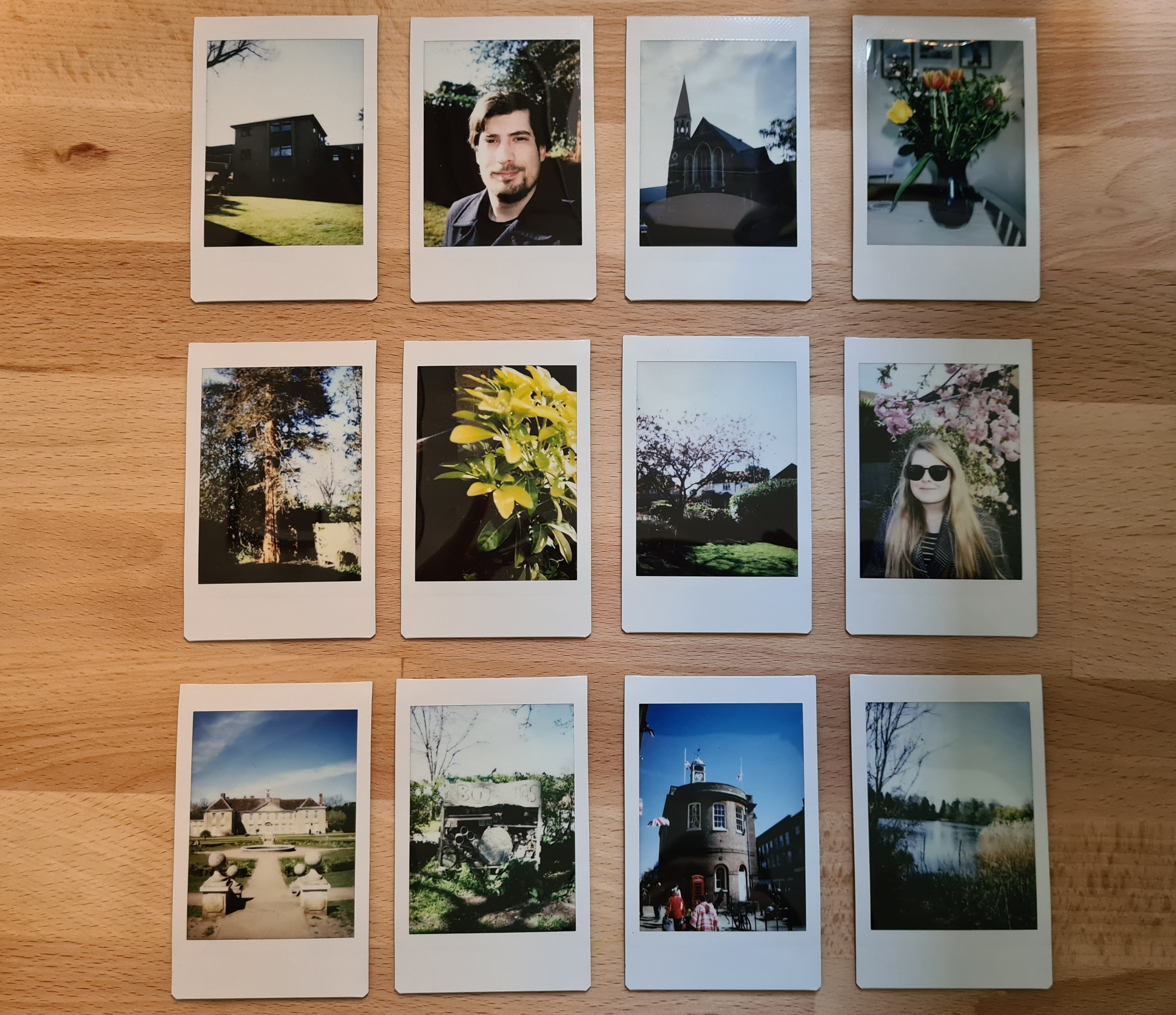
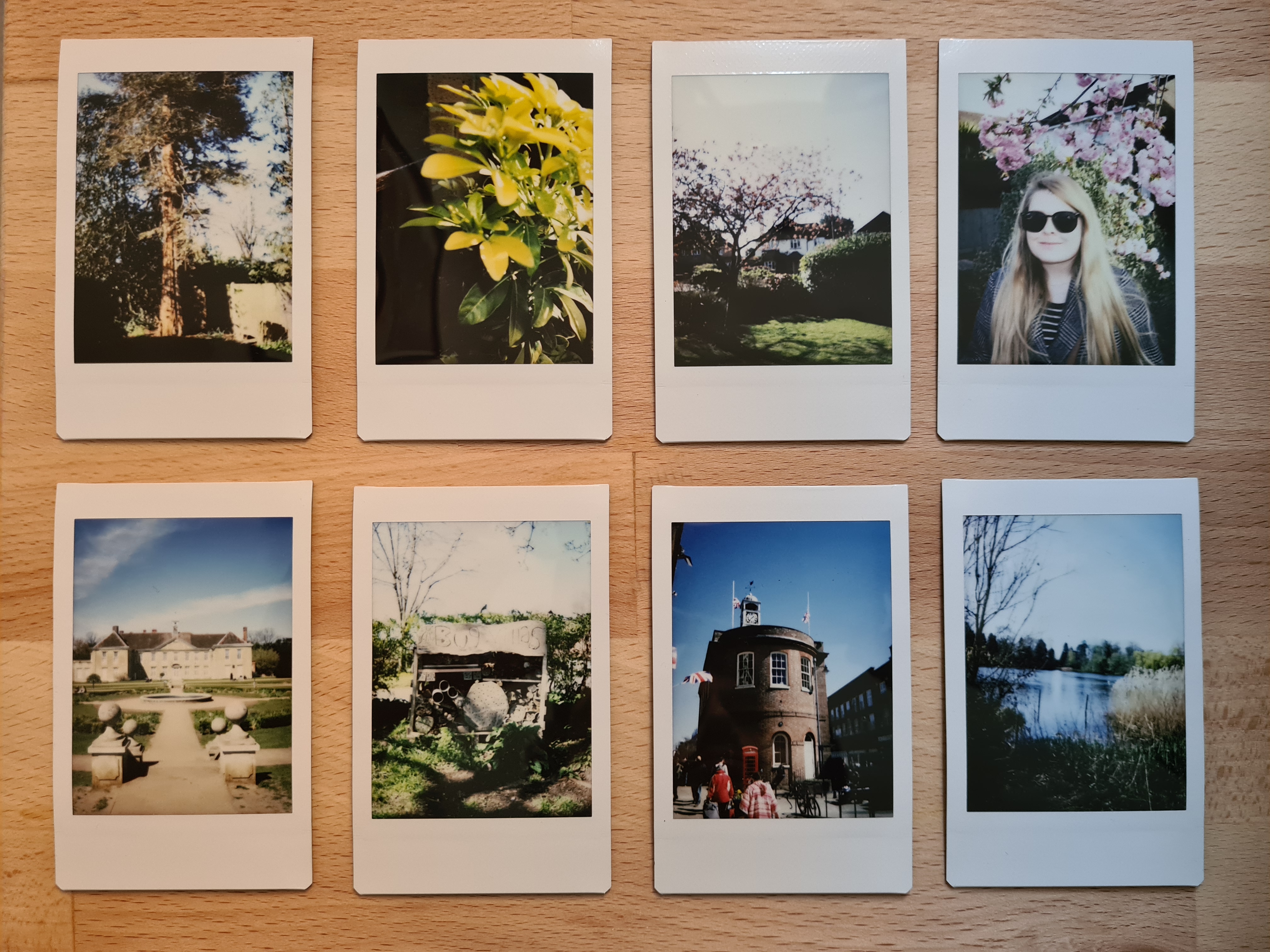
The forced flash naturally makes the biggest difference indoors, exposing both subject and background in a way that, while not natural, doesn't leave huge areas of your shot in darkness. In our experience, not having to think about whether or not to fire the flash and just letting the auto exposure system do its thing meant a greater percentage of shots developed the way we expected. On Fuji's older cameras, a 20% attrition rate (or higher) wasn't unheard of.
There's no way to tell if you have the lens barrel extended from the rear of the camera, and shooting landscapes with the selfie mode is a quick way to get very blurry pictures. It can be used to experiment with depth of field, though, particularly when shooting indoors, and genuinely improves the clarity and sharpness of selfies versus the default mode.
Fujifilm Instax Mini 40 verdict
The Instax Mini 40 is everything we liked about the Instax Mini 11, only wrapped up in a more eye-catching and mature design. If the Mini 11's toy-like looks were enough to put you off, then this should open the door to instant photography for you. Minimal buttons and no complex shooting modes mean this is an ideal starter camera for anyone unfamiliar with instant film, and the auto exposure system really takes out a lot of the guesswork associated with the medium.
The photos it takes aren't perfect, with highlights blown out just as easily here as they were on the Mini 11, but no more so than similarly-priced rivals. The off-centre viewfinder also takes some getting used to, but that's really this camera's only real quirk.
It does carry a price premium over the Mini 11, though, and considering they are all but identical internally, we still think that camera is the better value overall. But if you don't mind paying extra for a bit more style, the Mini 40 is still an excellent choice for instant newcomers.
Not convinced? Try these...
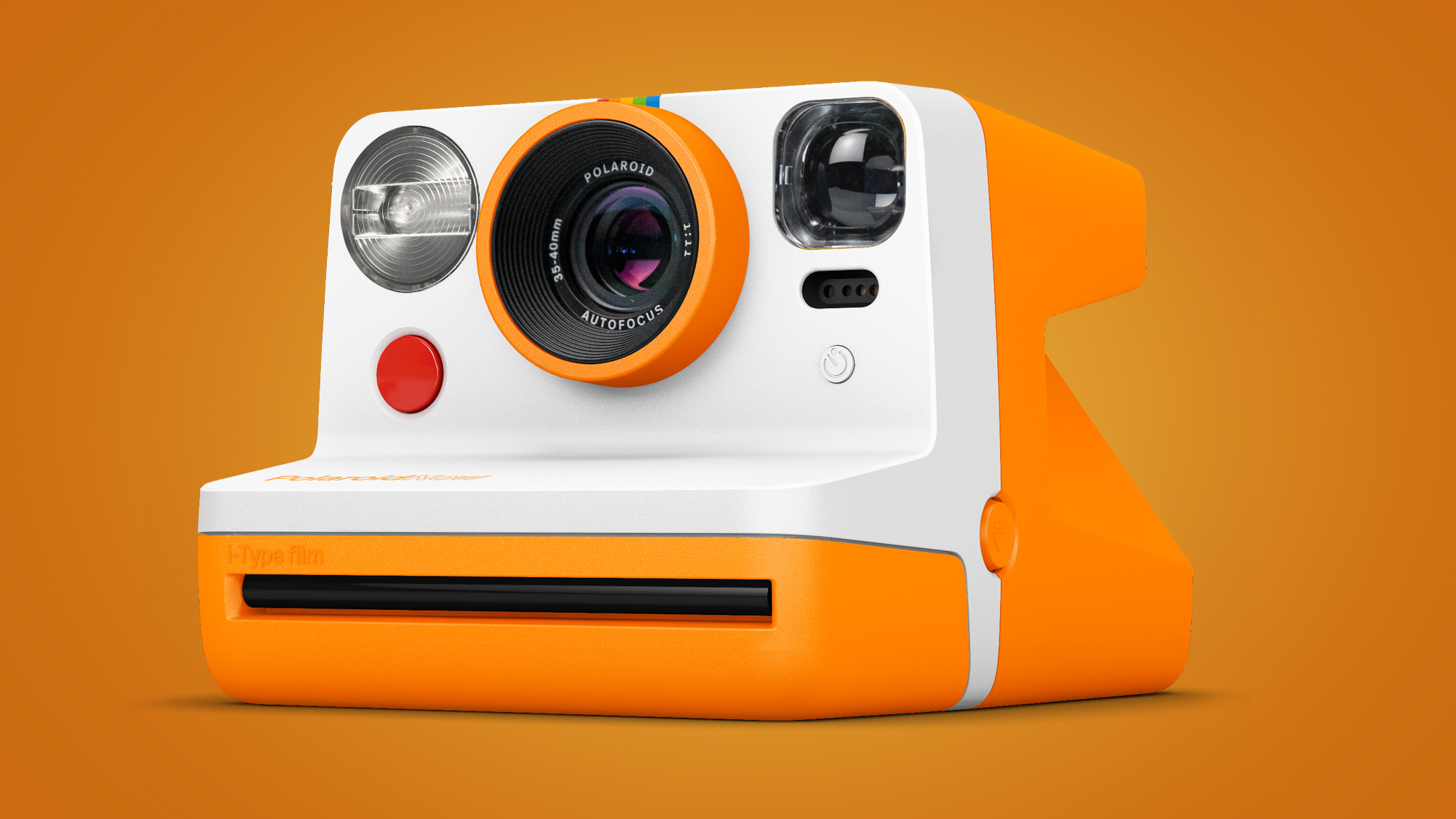
Polaroid Now
The Mini 40's closest competitor is almost as easy to use, thanks to an autofocus system that helps stop you wasting film on blurry snaps. It's clearly retro-inspired, but also embraces modern design, which some might prefer to the Instax. Most Polaroid cameras shoot on larger I-Type film, which can be more expensive per shot than Fuji's system, but the new Polaroid Go has introduced a smaller format.
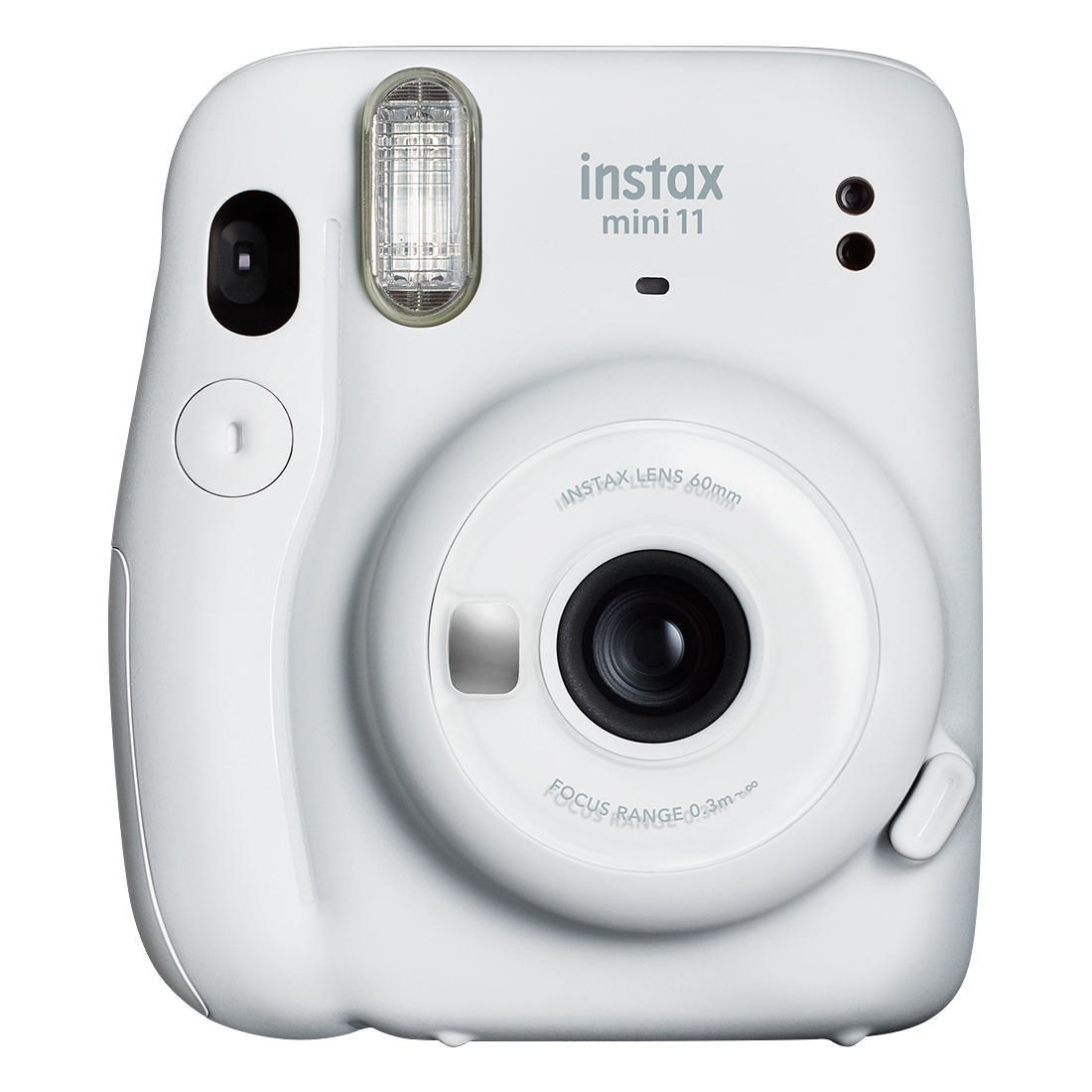
Fujifilm Instax Mini 11
Fuji's other entry-level instant camera has an identical feature set, but swaps the retro-chic construction for a simpler, more modern look. It's a lot cheaper, having been on sale for significantly longer, but ease of use and image quality are exactly on par with the Mini 40. If you don't want to pay extra for styling, this is still a go-to beginner instant camera.
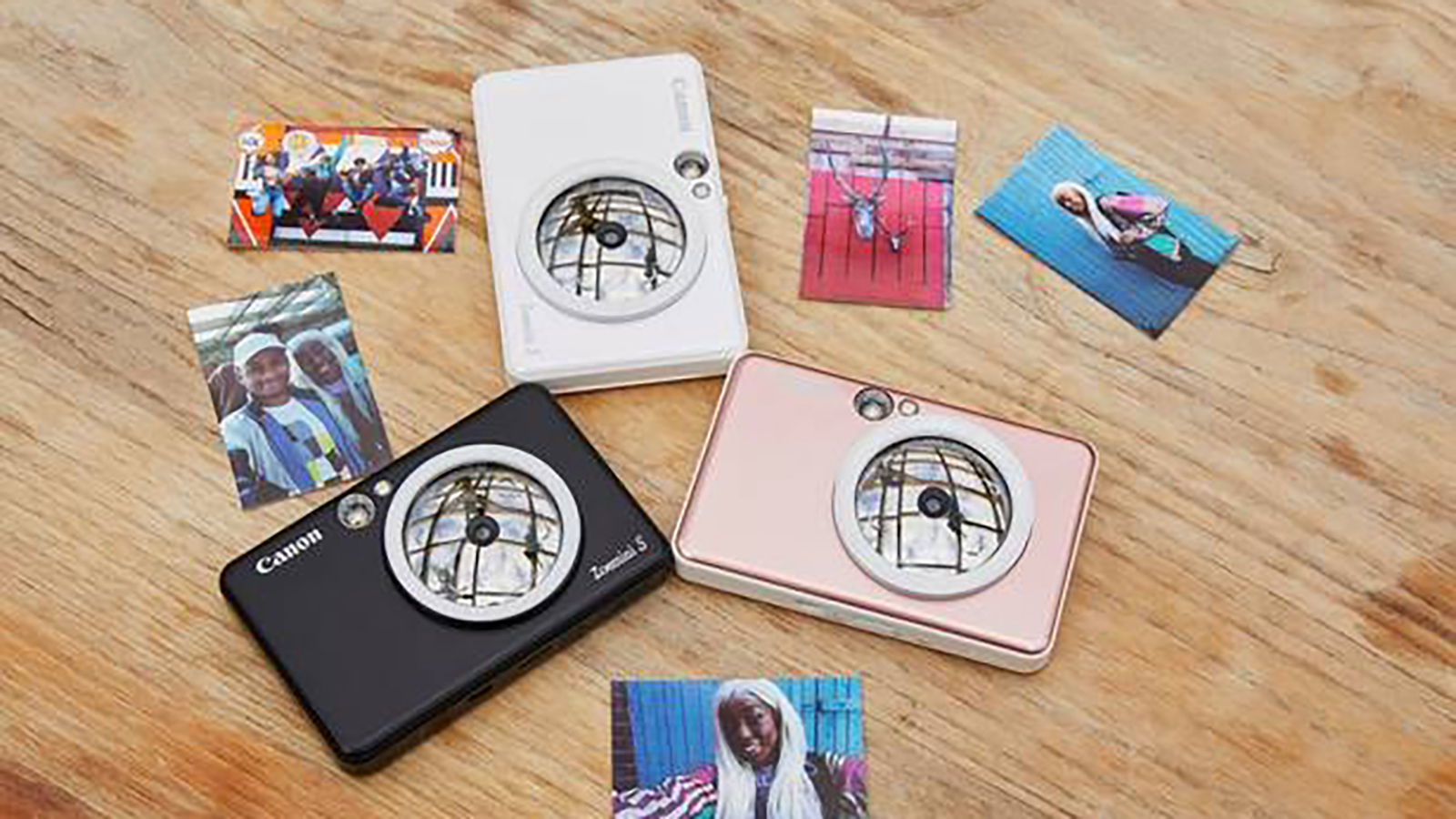
Canon Zoemini S
The compact Zoemini looks more like a digital camera than an instant one, and has plenty of modern features like a rechargeable battery and Bluetooth connectivity. It uses Zero Ink film, which 'prints' images using heat-reactive paper instead of a traditional development process, so the results aren't quite as authentic as Fuji's photos.
- These are the best instant cameras you can buy right now
